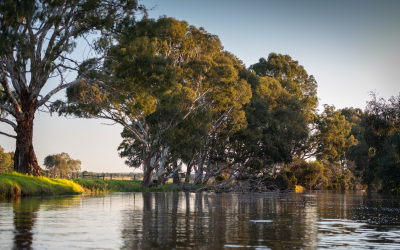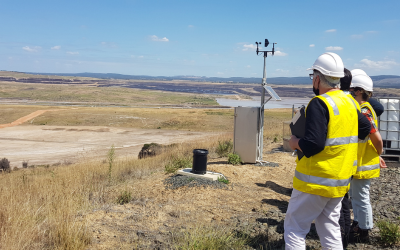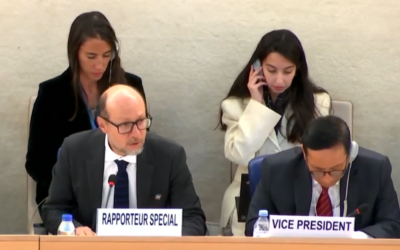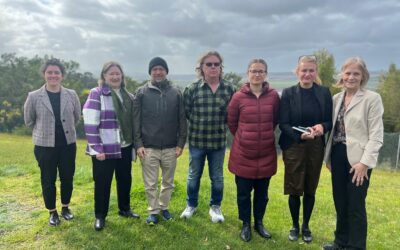The Latrobe Valley has powered Victoria for over a century.
Now we are left with a legacy of polluting coal ash dumps and three enormous brown coal mines that must be made safe, stable, and rehabilitated.
Decisions made now will determine the viability of the region’s economy, livability, and environment for many decades to come. To ensure the very best outcomes, transparency and informed community participation must be at the heart of the rehabilitation planning process.
The future of our region should not be determined by what mining companies are willing to pay.
Take Action
We wish to acknowledge the thousands of years of traditional governance and culture practiced by Gunaikurnai peoples across these vast lands and waters.
We pay our respects to Elders past and present, recognise their continuing contribution to caring for Country.
The Latrobe Valley is home to three enormous coal mines – Hazelwood, Yallourn and Loy Yang. Hazelwood is the only one to have ceased mining. It is the first to undergo full rehabilitation and will set a precedent for those that follow.
A billion cubic meters of mass was removed in the process of mining at Hazelwood coal mine, ¾ of which was brown coal, the rest was overburden. Due to the coal being found at a relatively shallow depth, there is very little material to use to fill the pit, which is, at its deepest point 60m below sea level.
The owners of the Hazelwood mine pit, the French owned company ENGIE, were allowed to dig right up to the Princes Freeway, a major highway which is flanked on the other side by the township of Morwell.
After the mine caught fire in 2014, blanketing the Morwell residents in toxic smoke for 45 days, two Inquiries found that the disaster was due to company negligence and that ENGIE must produce a plan for rehabilitation.
ENGIE’s current plan relies on natural water sources, which they would use to flood the pit and the several toxic coal ash dumps – one of which, the HARA (or Hazelwood Ash Retention Area) is not adequately lined and is known to be currently leaching contamination into local groundwater.
In addition to this, ENGIE plans to divert the Morwell River into their pit, destroying a major river and removing the essential nutrients and services which it provides to the Durt’Yowan/Latrobe River, wetlands and Gippsland Lakes.
Let Rivers be Rivers
The Concerned Waterways Alliance (CWA) is a network of community and environment groups from Gippsland to the Otways. We share a deep concern over the deterioration of our rivers, waterways and wetlands and poor water management in southern Victoria. We come from many different catchments and yet we see the same tragedies unfolding: rivers depleted by over-extraction; wetlands on the brink of collapse due to insufficient flows; groundwater dependent ecosystems drying and dying; and contaminants leaching into our waterways. We come together now to raise a united voice for the rivers and waterways of southern Victoria.
Latest News
UN Special Rapporteur’s Final Report Exposes Ongoing Toxic Threats
The Special Rapporteur on Toxins and Human Rights, Marcos A. Orellana, visited the Latrobe Valley on 1st September. The tour to several prominent sites around Australia will inform a report to the United Nations Human Rights Council in 2024.
The coal to hydrogen grift
The Hydrogen Energy Supply Chain (HESC) project makes no sense. A consortium of Japanese companies and AGL want to make hydrogen from brown coal or blend it with biomass in the Latrobe Valley and ship it to Japan. The pilot stage has been completed, but the community...
UN Special Rapporteur visits Latrobe Valley
The Special Rapporteur on Toxins and Human Rights, Marcos A. Orellana, visited the Latrobe Valley on 1st September. The tour to several prominent sites around Australia will inform a report to the United Nations Human Rights Council in 2024.







